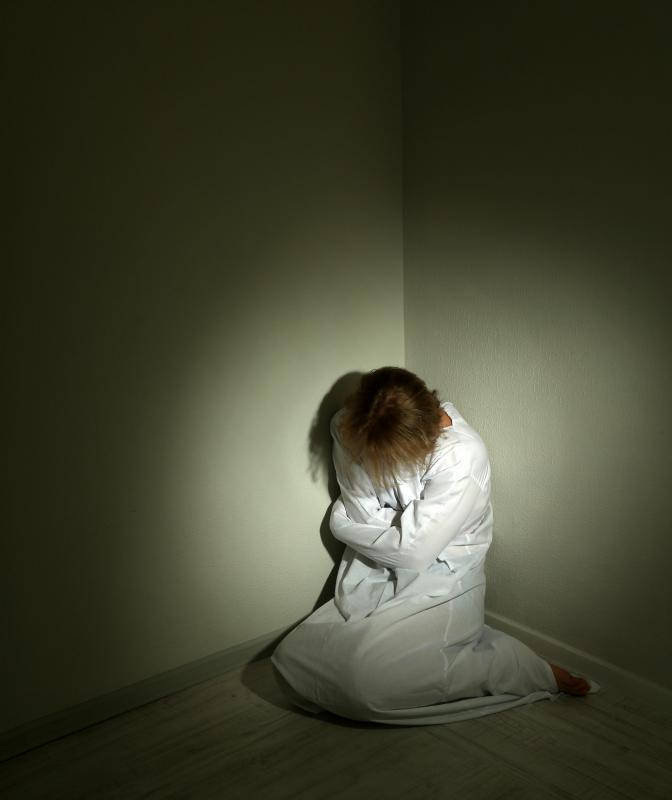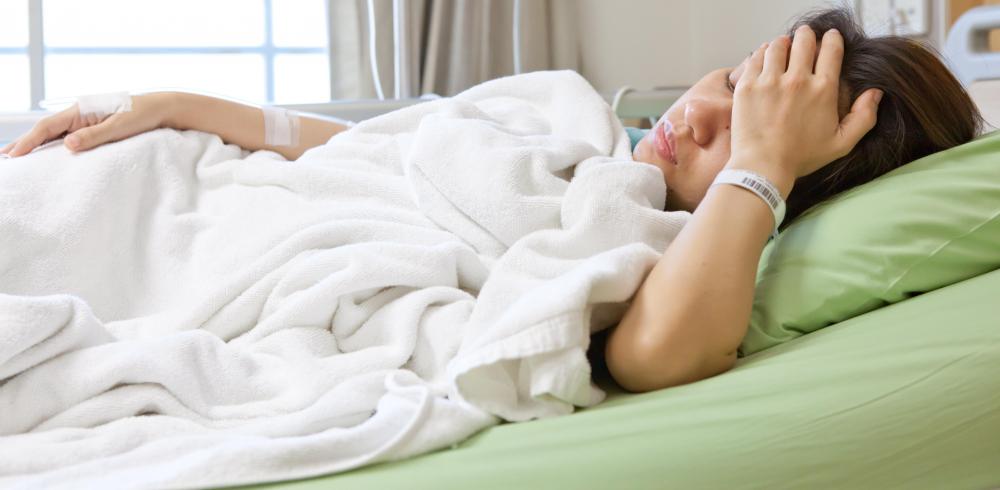At TheHealthBoard, we're committed to delivering accurate, trustworthy information. Our expert-authored content is rigorously fact-checked and sourced from credible authorities. Discover how we uphold the highest standards in providing you with reliable knowledge.
What Are Hospital Restraints?
Hospital restraints are devices and, in some cases, medical furniture accessories that are used to restrain patients whose movements jeopardize their health and well-being. The reasons for using hospital restraints vary, but they may be used on very panicked patients who are in urgent need of medical care as well as uncooperative patients who may attempt to pull out various medical tubes and devices from their bodies. In addition, hospital restraints may be used on disoriented patients who may leave their beds and wander around the facility. In many jurisdictions, such as the United States and the United Kingdom, the use of hospital restraints is strictly regulated on both humanitarian and medical grounds.
There are situations in which a medical team may attempt to provide care to a patient who is frightened, mentally ill, or intoxicated. These patients may be unwilling to cooperate with their care or may even be combative. A common scenario in many hospitals is one where a frightened child refuses to remain still while being given an injection or stitches. As it is necessary for the child to receive medical care, the hospital staff may have no choice but to use professionally designed restraints, such as a papoose board, to fully restrain the child so that medical care can be provided. Some experts believe that the use of hospital restraints in such cases is often safer than relying on parents or hospital staff to hold the child during treatment.

Patients who have dementia, are mentally ill, or who are otherwise disinclined to cooperate with medical orders may also be subject to hospital restraints. In their simplest form, hospital restraints can include bed rails, which are in place to prevent a patient from falling onto the floor. Patients may also be restrained with the use of vests that are secured to the bed to prevent roaming. Wrist restraints are used to stop the patient from harming himself while attempting to pull out catheters or intravenous lines.

The use of restraints in a medical setting has long been a matter of controversy. One significant issue is the right of patients to both decline medical treatment and to move about freely. Another issue is that the use of restraints can actually contribute to injury and other medical conditions. In general, the use of restraints on patients is typically restricted to those who are incompetent to make their own medical decisions and who clearly pose a danger to themselves. Nursing staff are also responsible for monitoring patients in restraints so as to prevent possible strangulation, problems with circulation, or the development of sores and other skin conditions.
AS FEATURED ON:
AS FEATURED ON:

















Discussion Comments
There's a big difference between restraining a patient to keep them safe and doing it to keep them from being a nuisance. Most hospitals do not restrain a patient unless they have to -- as the article says, to keep them from pulling out IVs and things like that.
My dad had surgery and was completely out of it and pulled his IV out. Blood went everywhere, so they put him in restraints until he was more rational.
Restraints are sometimes necessary to keep a patient safe. Obviously, they should be used with care and discretion, but this is almost always the case.
When my mom had back surgery, she was given some sleep medication she had never had before. It made her wild. She hallucinated, climbed *over* the bed rails to get out of her bed, fell in the process -- you name it. Finally, the shift RN called me about 2 a.m. and asked for my permission to put her in soft restraints, which consisted of a padded cotton wrist cuff, that was secured to the bed rail by velcro straps.
She could raise and lower her arms. She just couldn't get out of the bed. I gave my consent readily. It's not that I wanted my mom to be strapped to her bed; I just wanted her to be safe! She had just had a laminectomy and had no business being out of bed, anyway!
As it turned out, the trip over the bed rails caused some bone fragments to dislodge and she had to have surgery in about six months to remove them.
Post your comments